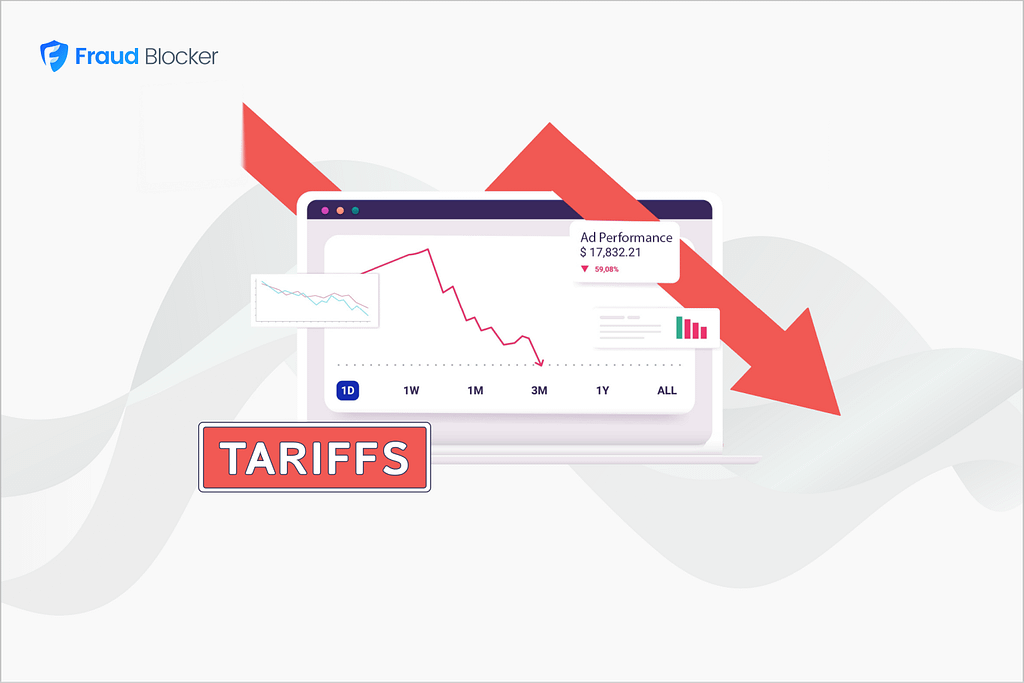
New report:
Invalid Click Rate Benchmarks


Click fraud is costing advertisers billions in loses. Learn more here.

Click fraud is costing advertisers billions in loses. Learn more here.


There are various ways to run PPC ad campaigns, with display ads often being seen as one of the most useful and engaging. And while display ads are creative way to spread your brand message, they can also be impacted by some of the most insidious forms of ad fraud.
One popular method for ad fraudsters is the sneaky tactic of ad stacking.
Ad stacking is the layering of multiple ads in a single ad placement so that only the top ad is visible. If you picture a banner ad on a website, and then imagine that there are multiple ads stacked beneath – this is basically ad stacking.
The issue with ad stacking is that all ads in the stack are billed for each impression generated, or for any click that they generate. This ensures that the fraudster maximizes their revenue from ad sales, despite the fact that only one ad is viewed.
Of course, the advertisers are paying for impressions and clicks on ads that can never convert. But worse still, these ad placements can seem genuine.
Ad stacking is often seen in mobile advertising, although it can also happen with normal browser based websites too. In fact, the practice is becoming more popular with high-value, in-app video ads, resulting in a poor return on ad spend (ROAS) and wasted budget for marketers. Unwitting publishers involved in ad stacking schemes suffer reputation damage caused by the decline in their viewability metrics.
The worst effect of ad fraud is its purpose. According to the UK National Crime Agency, ad fraud is a low-risk, high-profit cybercrime that often funds human trafficking, child exploitation, slavery, drug trafficking, and arms trading.
In early June of 2019, a fraudster began testing six domain pairs in campaigns with at least three demand-side platforms. These platforms in turn fed into dozens of ad exchanges and supply-side platforms.
They were able to access the mobile apps of ten newspaper publishers due to security flaws in the SDKs (software development kits) which were used to build their apps.
When the domain combination executes, it loads a static placeholder image visible to the user. At the same time, a video ad renders in the background and continues to make calls. Ad calls are requests for the ad that result in impressions when the ad is loaded. By mid-June, the incident had surged to more than 10,000 ad tags in just four days.
Ad Stacking is also very common in “Made-For-Advertising” (MFA) websites where the content on the page is often low quality and the main focus is maximizing ad revenue. The publisher often runs ads on native ad channels and hopes the user clicks enough ads on their site to where they recoup the cost of their initial click.
In many cases, the publisher stacks ads on top of one another, loads invisible ads in the background and/or relies on accidental clicks to boost their ad revenues. Accidental clicks are where ads are placed conveniently near critical navigation buttons and can help increase ad clicks.
Related: What is click fraud? →
Ad stacking is a popular method of falsifying ad impressions and clicks, although knowing exactly how many sites use ad stacking is an impossible task.
But ad fraud itself is one of the biggest forms of fraud, surpassing even credit card fraud. It accounts for 20% ($84 billion) in global ad spend, affecting businesses of all sizes, from local SMBs to international enterprises (AdAge).
Read our report: The Cost of Ad Fraud: 2023-2028
You can sometimes identify ad stacking by the multiple impressions from a single device with the same timestamp. It’s a relatively straightforward process, but it’s tedious and requires dedicated personnel hours to track each ad in each campaign. Recovering your losses after you detect fraud is another endeavour entirely.
The best method of preventing ad stacking losses is to protect your campaigns in real-time with made for purpose click fraud prevention software.
Fraud Blocker’s proprietary algorithms detect ad stacking, click farms, click bots and other types of fraudulent clicks faster so you can minimize losses and make the most of your marketing budget.
Run your own ad traffic audit with a 7-day free trial.


